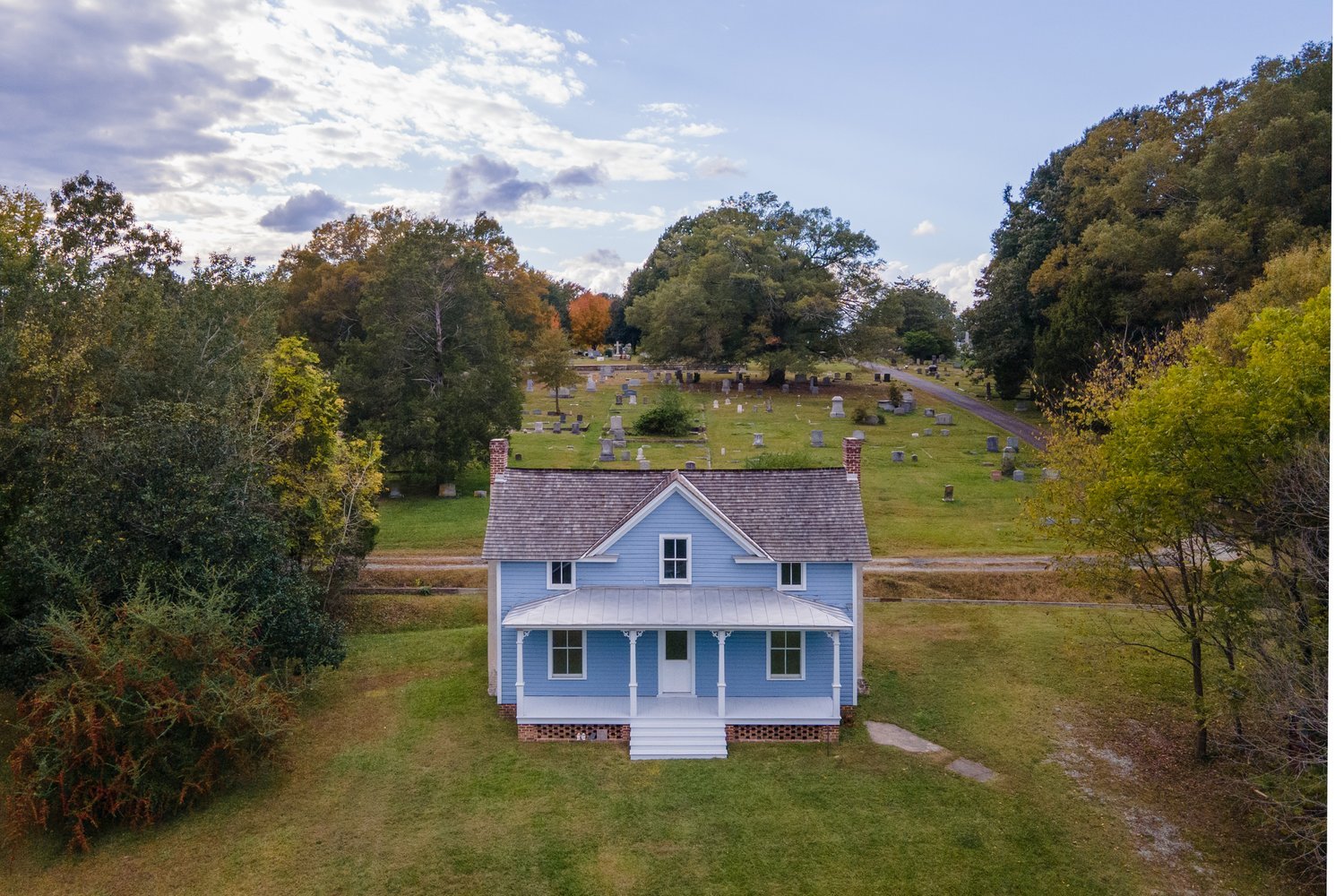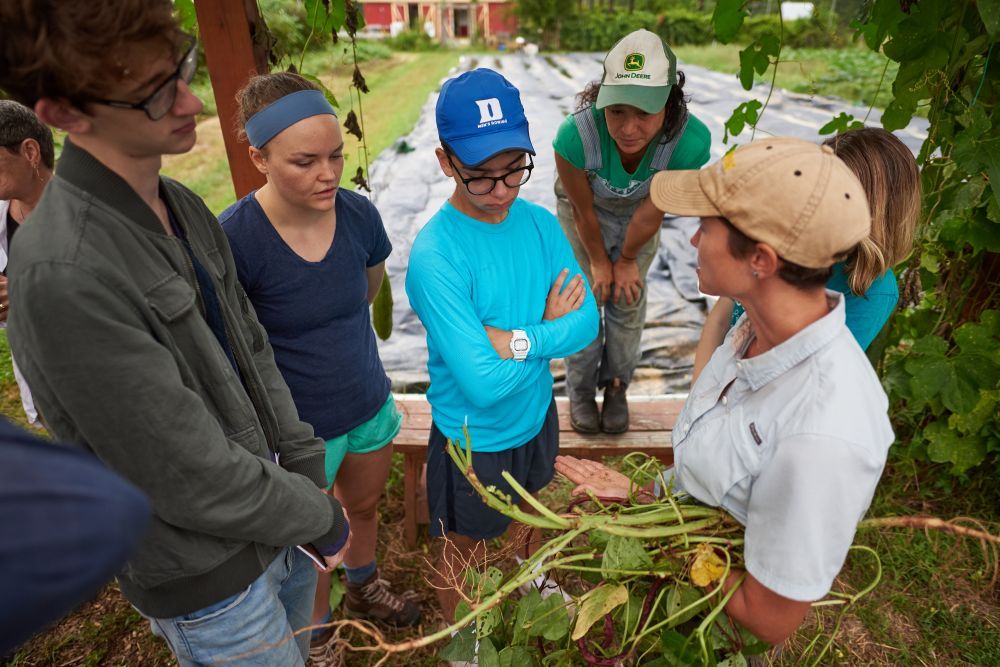2022 Annual Meeting: Site Visits
Back to Meeting OverviewThe 2022 Annual Meeting will offer two sets of special site visits. On Thursday, May 19, prior to the opening night event at the Nasher Museum of Art on Duke Campus, meeting attendees will have the option to join a guided tour of the Nasher.
Thursday, May 19, 4:00 PM - FREE
Nasher Museum of Art Guided Tours (Limit: 20)
The Nasher Museum of Art at Duke University is a major center for the arts in Durham and the surrounding region. The 65,000-square-foot building was designed by architect Rafael Viñoly. Since opening in 2005, the museum has organized and presented leading-edge exhibitions that travel worldwide. From the beginning, the Nasher Museum has been dedicated to building a groundbreaking collection of contemporary art. In this effort, the museum’s collection strategy emphasizes works by diverse artists who have been historically underrepresented, or even excluded, by mainstream arts institutions, and maintains a particular focus on artists of African descent. Other strengths in the collection include European medieval art, European and American paintings, Outsider art, classical antiquities, African art and ancient American art.
In addition to the Museum’s permanent collections, the following Special Exhibitions will be on view during the CHCI Annual Meeting:
- Reckoning and Resilience: North Carolina Art Now
- Jean Charlot: Visions of Mexico, 1933
- Helen Frankenthaler: Un Poco Más (A Little More) (student-curated)
Sunday, May 22, 9:00 to 11:30 (tentative time) - $30/person
Public Humanities & Environmental Humanities Walking Tours (Limit: 10 per tour)
In the spirit of the conference theme, “Face to Face: Forms of the Humanities,” we offer these two walking tours as opportunities to learn about innovative forms of public, place-based, and/or environmental humanities happening locally in the City of Durham and on Duke Campus. At each stop, the tour group will meet with project leaders and collaborators to learn about the work taking place at that site, as well as the salient scholarly, programmatic, and ethical questions emerging from their work.
Tour 1: Local History, Community Engagement, and Racial Justice: Stops will include the Pauli Murray Center for History and Social Justice and the Geer Street Cemetery (with the Durham Black Burial Ground Collaboratory).
The Pauli Murray Center is a nationally significant history site, anchored by Pauli Murray’s childhood home built by her grandparents in 1898 in Durham, North Carolina (within walking distance of Duke’s East Campus). The Center’s mission is to “engage diverse communities to lift up the life and legacy of activist, legal scholar, feminist, poet, Episcopal priest, and LGBTQ+ community member the Rev. Dr. Pauli Murray.” Aerial view of the Pauli Murray Center. Courtesy of the PMC.
Aerial view of the Pauli Murray Center. Courtesy of the PMC.
The Geer Street Cemetery (est. 1877) is a one of Durham’s first burial grounds for African Americans. After more than a half-century of municipal neglect, it has been reclaimed and is now maintained by Friends of Geer Cemetery, an organization of descendants, allies, and neighbors.
The Durham Black Burial Ground Collaboratory is comprised of scholars and public historians across Duke, North Carolina Central University, and Historic Stagville (a state historic site which sits on land once belonging to one of North Carolina’s largest plantations). The Collaboratory works with descendants, community organizations, and students to recover the history of Geer and other area cemeteries.
Tour 2: Environmental Humanities and University Land: Stops will include the Duke Campus Farm and the Duke Forest (with Unearthing Duke Forest project). NOTE: Will involve walking on forest trails and uneven surfaces.
The Duke Campus Farm is a one-acre working farm owned and operated by Duke University that provides sustainably-grown produce and food systems education for Duke and its surrounding communities. Directed by Dr. Saskia Cornes, a Renaissance scholar by training, the Farm is also a vibrant place of teaching and learning that brings scholars and students in the natural and social sciences and the humanities together to explore how food is grown, who grows it, how we talk about this, and why it matters. Duke Campus Farm Program Director and FHI Assistant Professor of the Practice Saskia Cornes with students. Photo by Avery Rhoades.
Duke Campus Farm Program Director and FHI Assistant Professor of the Practice Saskia Cornes with students. Photo by Avery Rhoades.
The ecological history of Duke Forest is embedded within the human history of plantation agriculture, fueled by violent chattel slavery. Hallmark insights about river ecology, biodiversity, community succession, and climate change have come from research at this site. Unearthing Duke Forest is an interdisciplinary endeavor to investigate the broader historical conditions through which research in Duke Forest has been rendered possible.